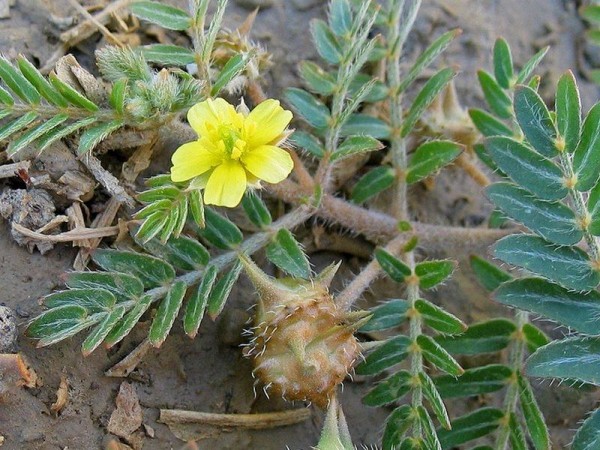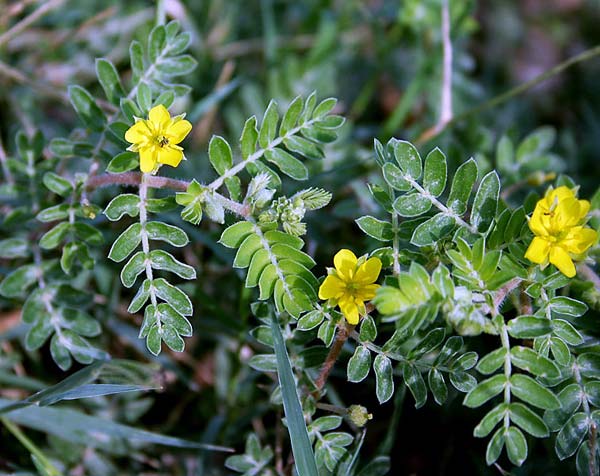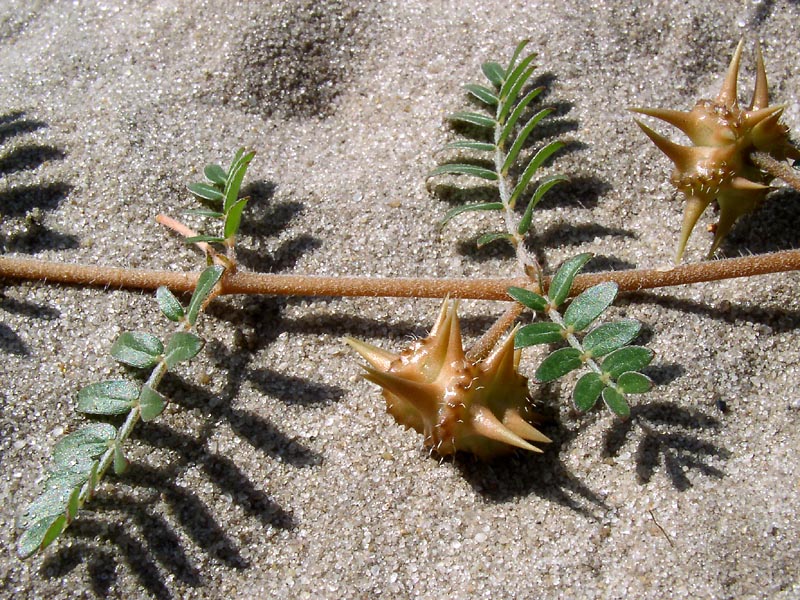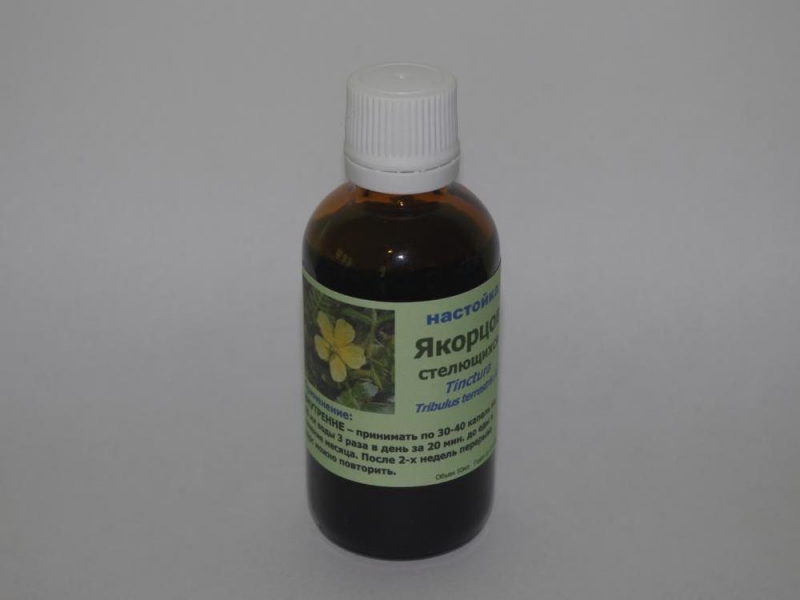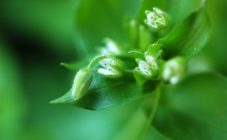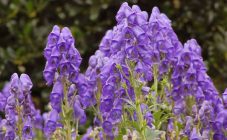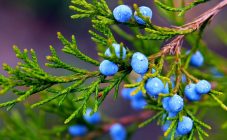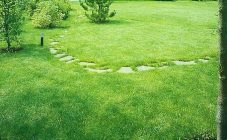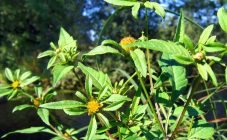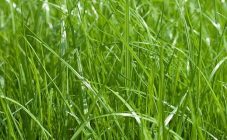Content:
Tribulus creeping grass (terrestrial tribulus) belongs to the Parnolist family. It is a herbaceous annual or perennial crop. There is a beautiful legend where its name came from. Once upon a time there lived a man, a favorite of many gods. His life was so long that he was tired. He prayed to the gods to grant him the long-awaited peace. But the gods did not want to let him go. Finally, they got tired of this man's requests, they fulfilled his wish, leaving the anchor to lie on the shore. In turn, the anchor turned into a plant, turned green, covered with yellowish flowers.
Where the anchor grass grows
Natural habitat of anchor grass - temperate, tropical zones of southern Europe, Asia, Africa, northern Australia. Found in Siberia, the lower reaches of the Volga, Don, as well as in Central Asia, Moldova, Altai, Caucasus, Ukraine, along the shores of the Black, Caspian and Azov seas.
The grass grows anchored on the sands, weedy places of wastelands, pastures, crops (irrigated lands), melons, and also on beaches (sandy, shell). It grows in steppes, deserts, river valleys, along country roads, on the sides of railway embankments, on the sides of highways.
Many summer residents grow creeping anchors in their plots as a garden culture. It is also planted in the fields. The plant is widely used in folk medicine for medicinal purposes. The herb has several names:
- tribulus;
- tribistan;
- tyrrestris;
- gokshura;
- goat head;
- bull's head;
- cat head;
- devil grass;
- devil eyelashes.
Description of grass anchor
The roots of the grass are thin, pivotal. Stems are creeping, flexible, branched, spread over the ground. Their length can grow up to 10-60 cm and occasionally up to 100 cm.
Leaves are parnolepetal, located opposite each other. They consist of 12-16 small elongated leaves. Veins are clearly visible on them. The surfaces of the leaf plates are covered with long hairs, which makes them seem slightly fluffy.
The flowers of the grass are small, their diameter is 1-2 cm, solitary, painted in yellow shades, growing on short pedicels in the leaf axils. Each bud has 5 petals.
The fruits of the herb anchor are uneven nuts, which consist of 5 tiny irregular stars, covered on the outside with sharp thorns, bristles, tubercles.
Thanks to these features, anchors spread throughout the world. They cling to shoes, people's clothes, animal hair, car wheels.
The anchor herb ripens by mid-summer in June-July. When ripe seed pods burst, seeds spill out of them with force, falling into the ground.
The anchor grass blooms in mid-April. Blooms throughout the summer. It can bloom and bear fruit until the very frost.
Conditions for growing grass
Tribulus grass prefers sandy, dry loam. It tolerates a lack of moisture, but likes bright lighting. The plant dies during frosts, since it is thermophilic.
In the territories of the southern regions, the anchor grass grows quickly, turning into a common weed that grows everywhere.Tribulus is propagated only by seeds. Sow them in the spring directly into the open ground.
The chemical composition of tribulus grass
Anchor herb contains:
- ascorbic acid;
- alkaloids;
- flavonoids;
- steroid glycosides;
- tannins;
- saponins;
- resins;
- fatty oils, bio-alkalis, proteins;
- iron, phosphorus, calcium, potassium, magnesium;
- aluminum, barium, selenium, manganese, zinc;
- betasitosterol, stigmasterol, campesterol (in the roots).
Useful properties of anchor herb:
- tonic;
- diuretics;
- anti-inflammatory;
- astringents;
- choleretic;
- wound healing;
- immunostimulating;
- antineoplastic;
- decongestants.
Tribulus grass can:
- stimulate the secretion of gastric juice;
- dilate blood vessels;
- reduce blood clotting;
- improve coronary circulation, intestinal motility;
- lower cholesterol levels;
- increase milk production in nursing mothers;
- increase the tone of the body;
- remove stones from the kidneys, as well as the bladder;
- help improve male potency;
- to treat infertility, sexual diseases.
Application and contraindications
Tribulus herb is used to make the medicine tribusponin. It is used to treat atherosclerosis, accompanied by hypertension, angina pectoris. It reduces blood pressure, relieves shortness of breath, relieves heartbeat.
The plant is widely used in folk medicine around the world (China, Tibet, India, Asia, Europe, USA, Russia). Many diseases are treated with prepared juices, infusions, decoctions:
- almost all types of nervous diseases, insomnia, sclerosis;
- respiratory diseases, infections, dysentery, diarrhea, constipation, bowel disorders;
- conjunctivitis;
- kidney disease, bladder disease, ascites, edema;
- diseases of the heart, blood vessels, hypertension;
- tumors, purulent wounds, ulcers;
- helminthiasis;
- anemia, asthenia;
- rheumatism, gout;
- hives, itching;
- male impotence, female frigidity.
Tribulus boiled in milk can be used against malaria, chronic fatigue. Herbal tea helps to cope with tinnitus, headache, has a tonic effect on the nervous system.
Contraindications:
- should not be used if low blood pressure (hypotension);
- contraindicated in case of severe damage to the cardiovascular system, as well as kidney;
- prostate adenoma;
- individual intolerance;
- allergic reactions;
- pregnancy, during lactation;
- age up to 18 years.
Popular Anchor Herb Recipes
From this herb you can prepare:
Fortifying tea
Take chopped grass 1 tbsp. spoon, pour 1 tbsp. boiling water in a thermos. Insist 4 hours. Take ½-¼ glass 2 times a day.
This drink also produces testosterone. You can add honey.
Infusion for hypertension and atherosclerosis
Chopped dry grass (10 g) is poured with boiling water (200 ml) in an enamel container. Insist on a water bath for 20 minutes, filter. Take ½ glass 3 times daily before meals.
Tincture against cystitis
Use fresh crushed leaves, plant roots (100 g). Calculated for one serving. Pour everything with red dry wine (1 l) and leave for 7 days. Then put the mass on the stove, bring to a boil, simmer for 15 minutes. Cool, filter. Take 50 g 3 times a day for 30 minutes. before meals.
When to collect, harvest and how to dry
A plant is collected for the manufacture of medicinal raw materials during flowering, fruiting crops in June-September. They pull out the grass along with the roots.The tops are cut off, carefully laid out on paper or cloth so that the crumbling seeds and leaves remain on them.
Dry in a sunny place outdoors or in the shade under awnings, in attics. If growing on an industrial scale, use specially designed dryers.
The first days you need to stir up the raw materials, carefully monitor that it lies in a thin layer. Store it in a linen bag, paper bag, glass bath for 5 years.
Of course, tribulus grass is a rather useful plant; it is actively used in folk medicine. However, one must remember that it is poisonous. It is best to consult your doctor before using it.
